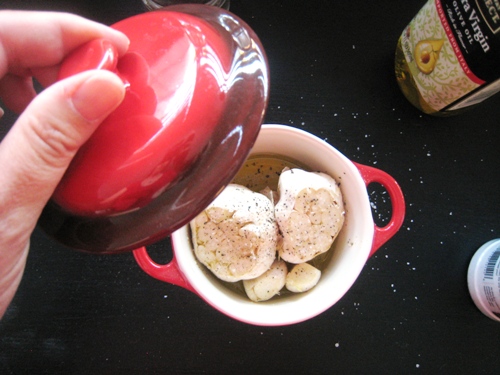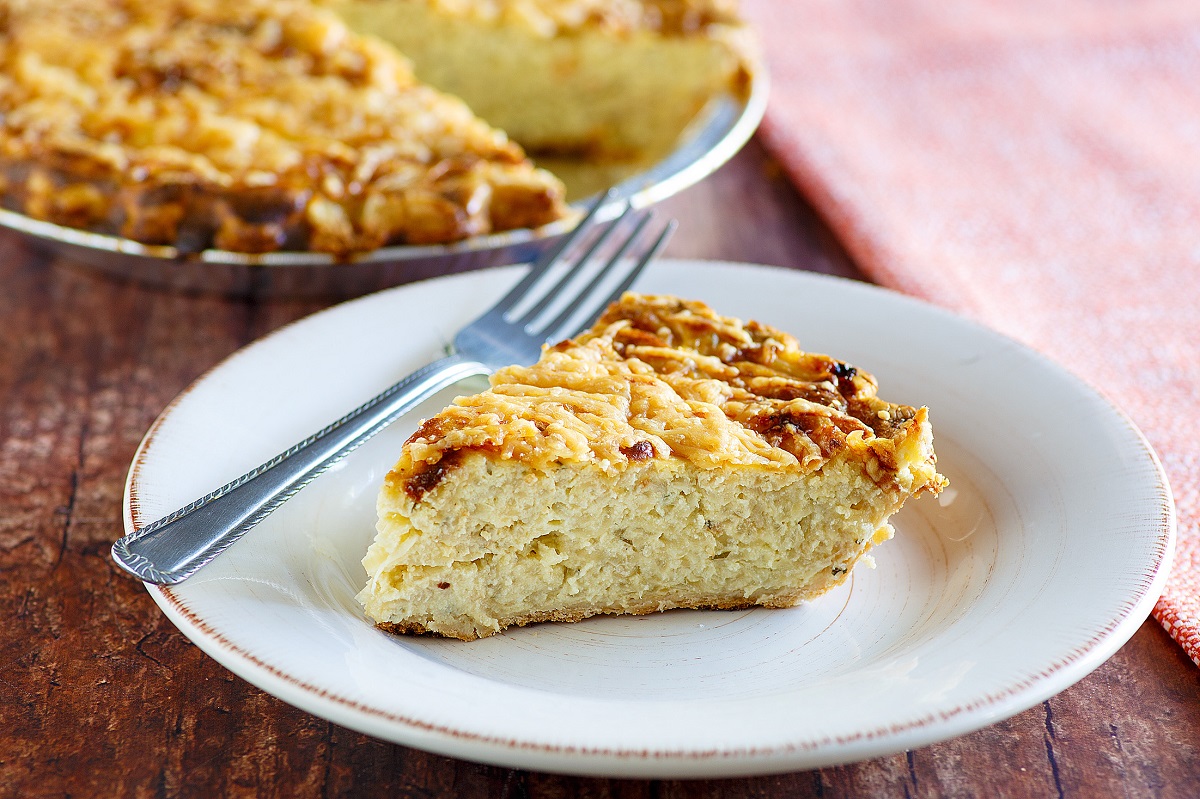This is a recipe for how to roast eggplant in the oven so each piece is plump and juicy on the inside, and beautifully caramelized on the outside. As opposed to a mushy mess, or shriveled up and dismal! The key is: large pieces and high oven temp.
Eggplant is actually really bland when raw, but it completely transforms when roasted. You don’t need anything more than salt and pepper, but I’ve added some suggestions!
Thyme (my favorite, pictured below) – 1 tsp fresh thyme leaves sprinkled over. It goes so well with roasted eggplant, makes it taste almost buttery;
Parsley, chives or green onions – for touch of freshness and colour (not so much flavour);
Lemon juice – squeeze of fresh lemon juice (also great paired with thyme);
Balsamic vinegar (tiny drizzle) – pop of tartness is terrific! OR drizzle of balsamic glaze;
Sprinkle of parmesan – reminiscent of Eggplant Parmesan.
Ingredients
700g/ 1.2 lb eggplants (2 medium), aka aubergine
3 tbsp olive oil
1/2 tsp salt (kosher / cooking salt, or 1/4 tsp table salt)
1/2 tsp black pepper
Instructions
Preheat oven to 240°C / 450°F (220°C fan).
Line a tray with parchment/baking paper (optional – recommended for first timers so you don’t lose the caramelized surface).
Cut eggplant into large cubes – 3 cm / 1.2″. Place in large bowl, drizzle with oil, salt and pepper.
Toss well, spread on tray, roast 20 minutes. Turn, roast for a further 10 minutes – edges should be caramelised, soft inside, but they’re not shrivelled up and dismal.
Transfer to serving plate. Delicious served plain, but see below for some finishing options.
Recipe Notes:
Peeling – if you’re bothered by eggplant skin (which I am not – I don’t find it at all chewy), peel “zebra stripes” down the eggplant like this. If you don’t leave at least some skin on, then the eggplant cubes are prone to collapsing and turning into mush – you need some skin to hold it together.
Bitterness & salting – In the past, the standard preparation method for eggplant including salting the eggplant to remove bitterness. The eggplant of today has largely had the bitterness bred out of it so unless you have a very old, very large one, you shouldn’t have this problem. I never have.
However, if you can’t get your head around cooking eggplant without salting it, here’s how: sprinkle the cubed eggplant with 1 tsp salt, toss, leave in colander for 30 minutes. Rinse then thoroughly pat dry, toss with oil and pepper (NO SALT), roast per recipe.
Select eggplants that are firm but have a bit of give, and feel heavy for their size (light = dried out inside).






























